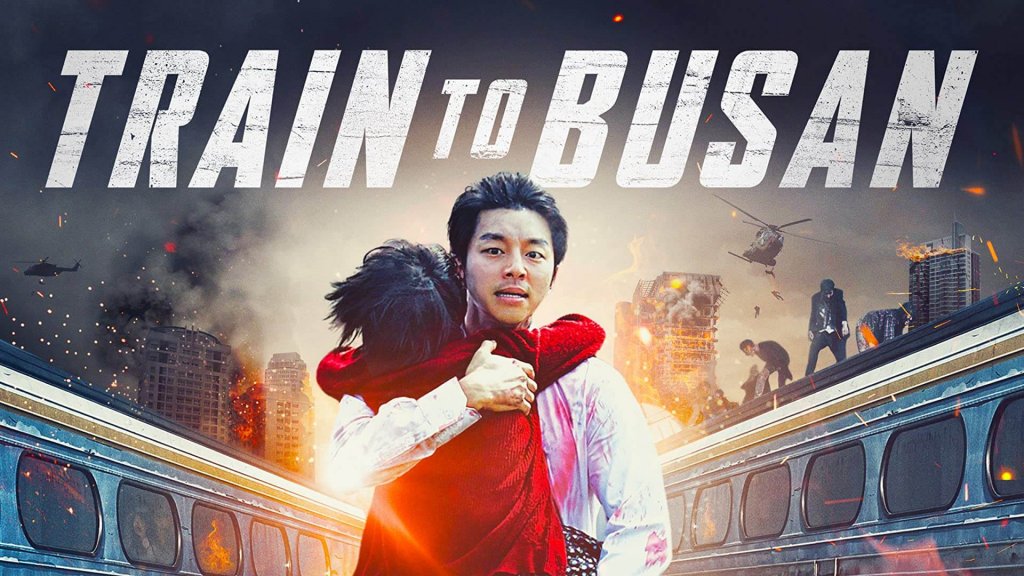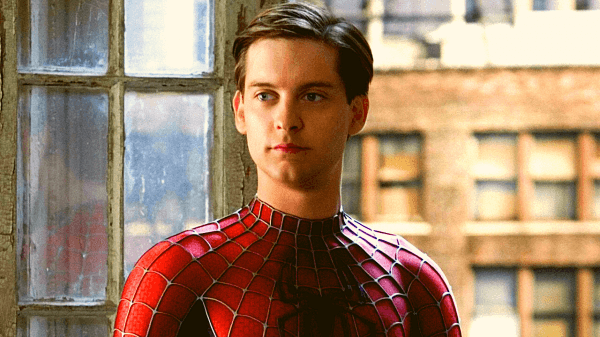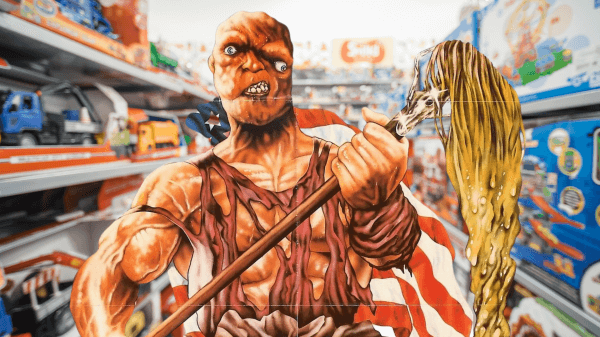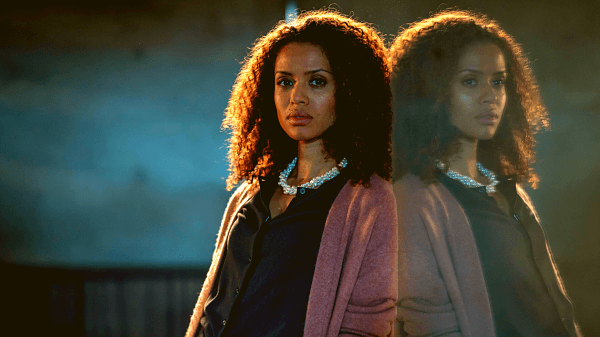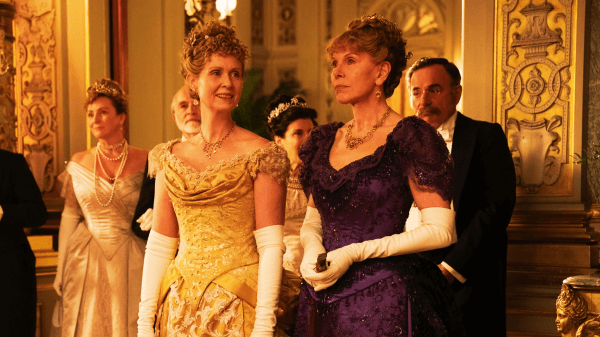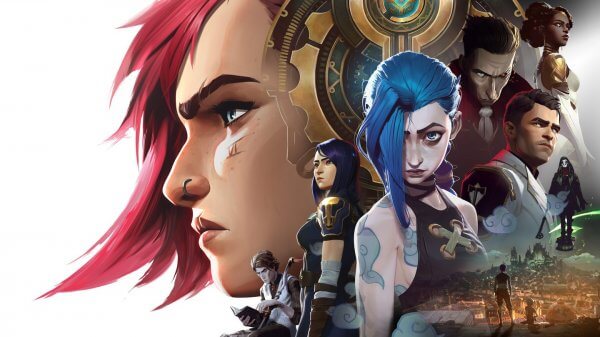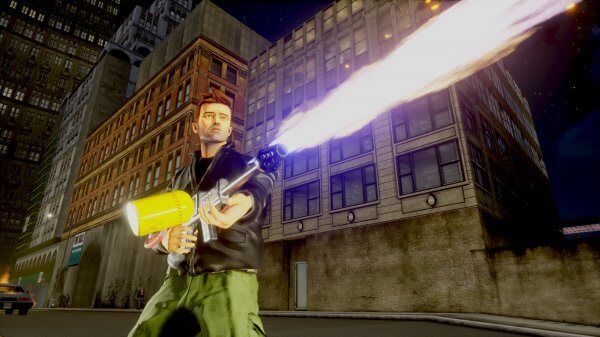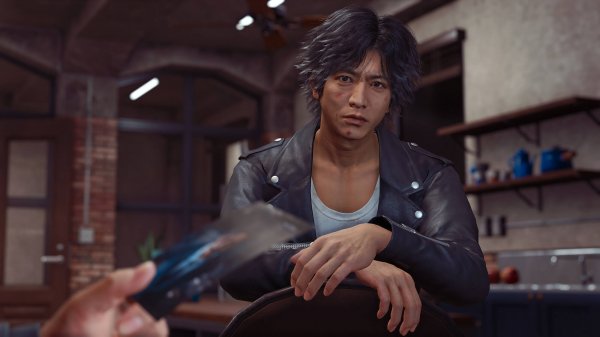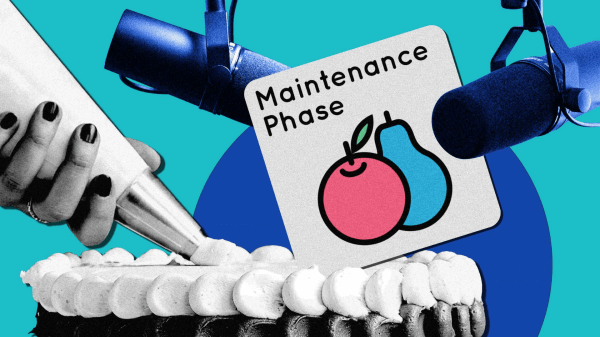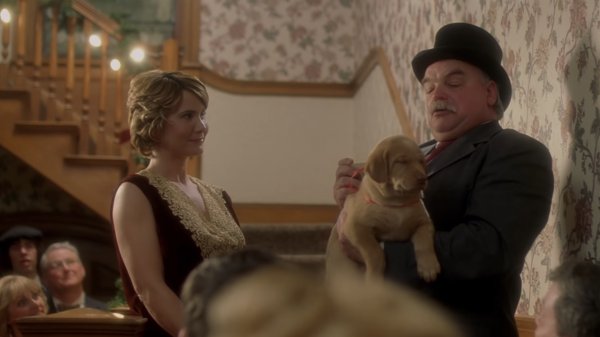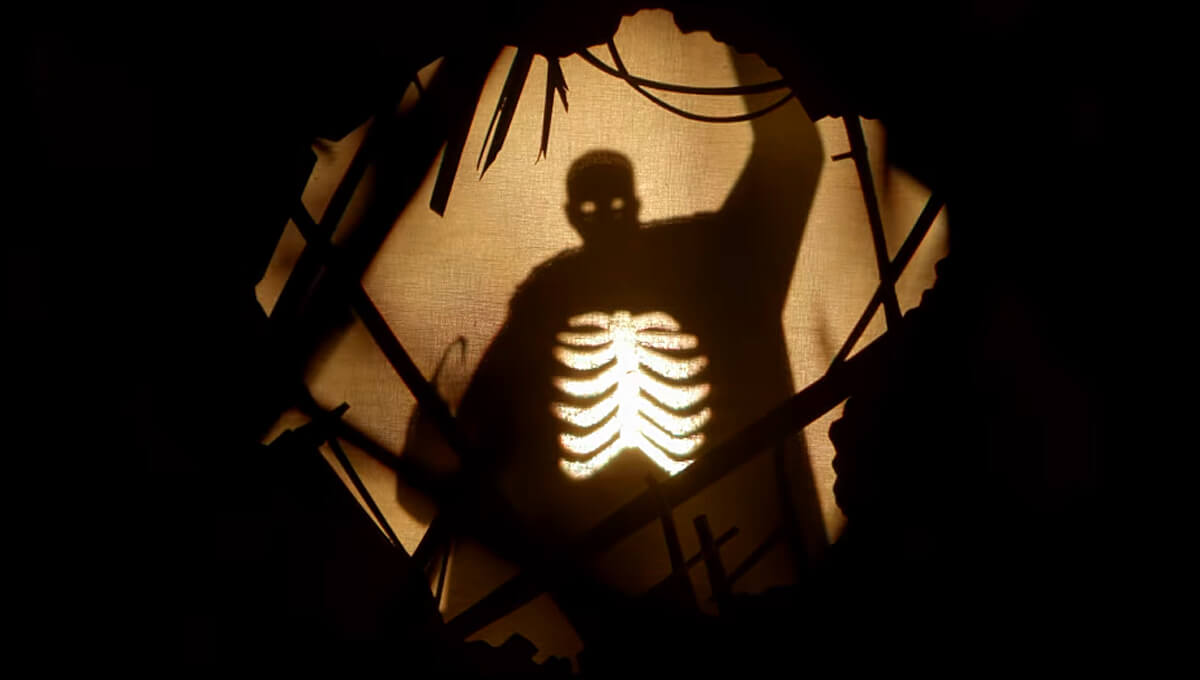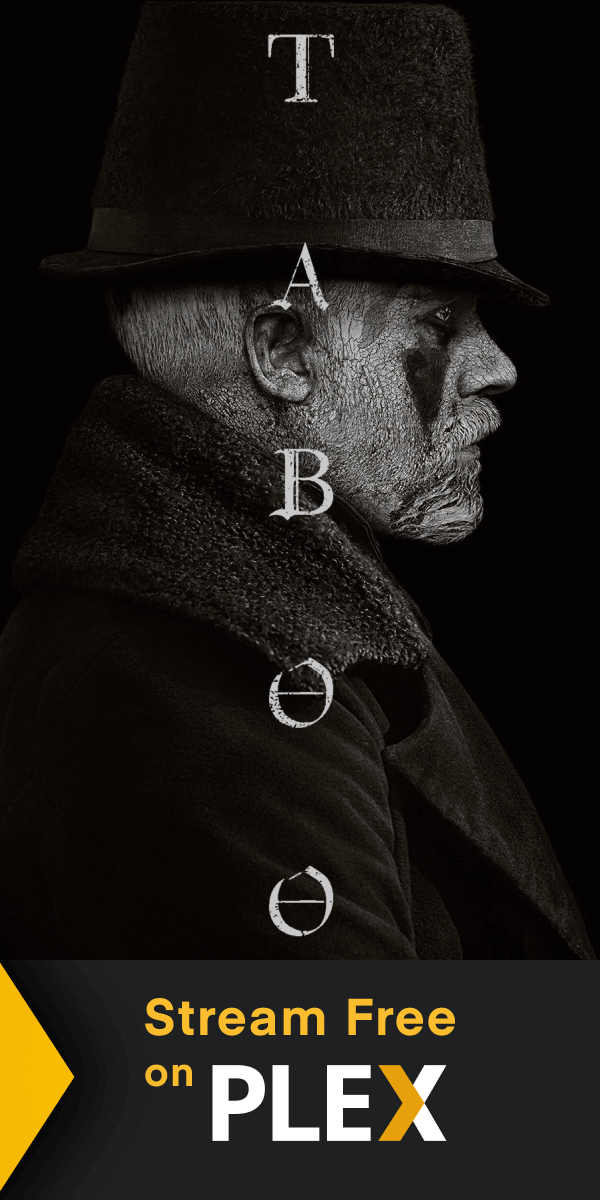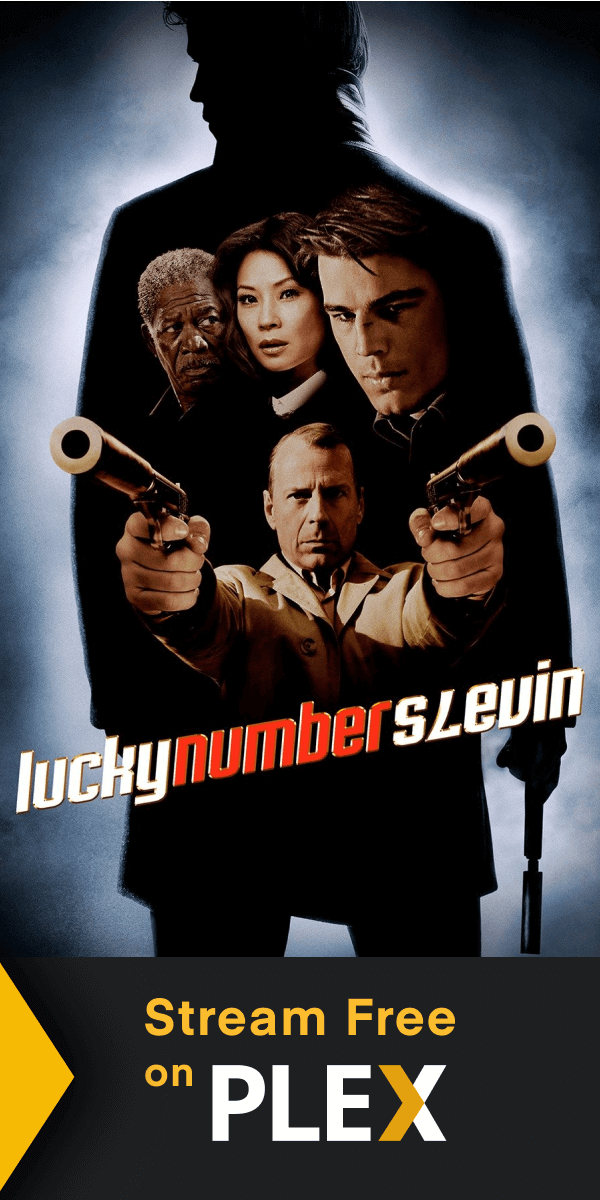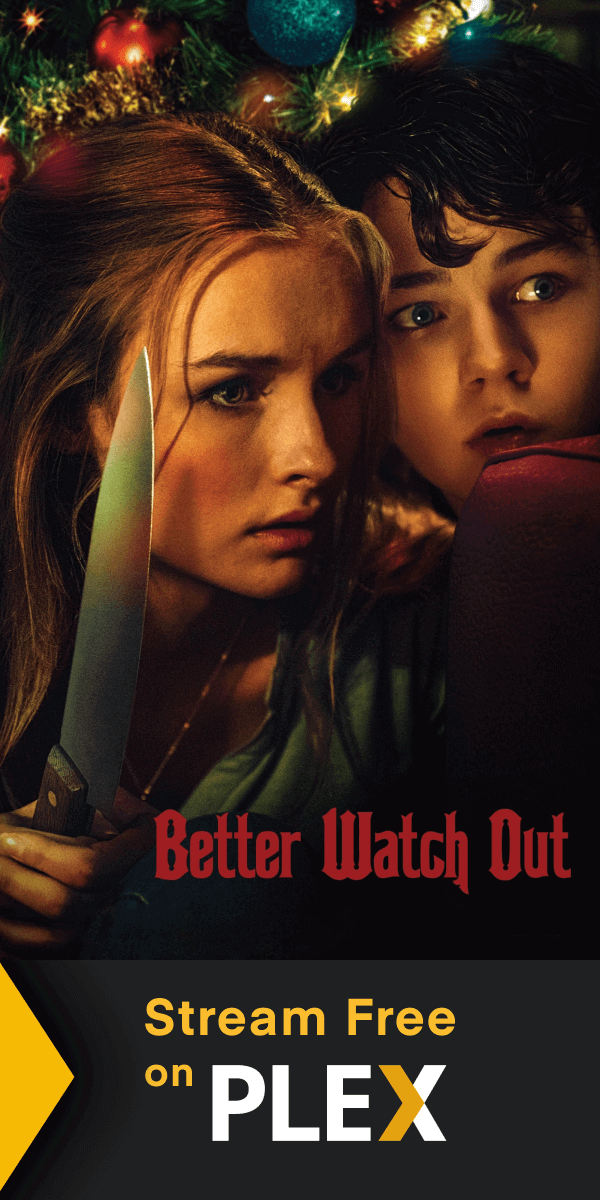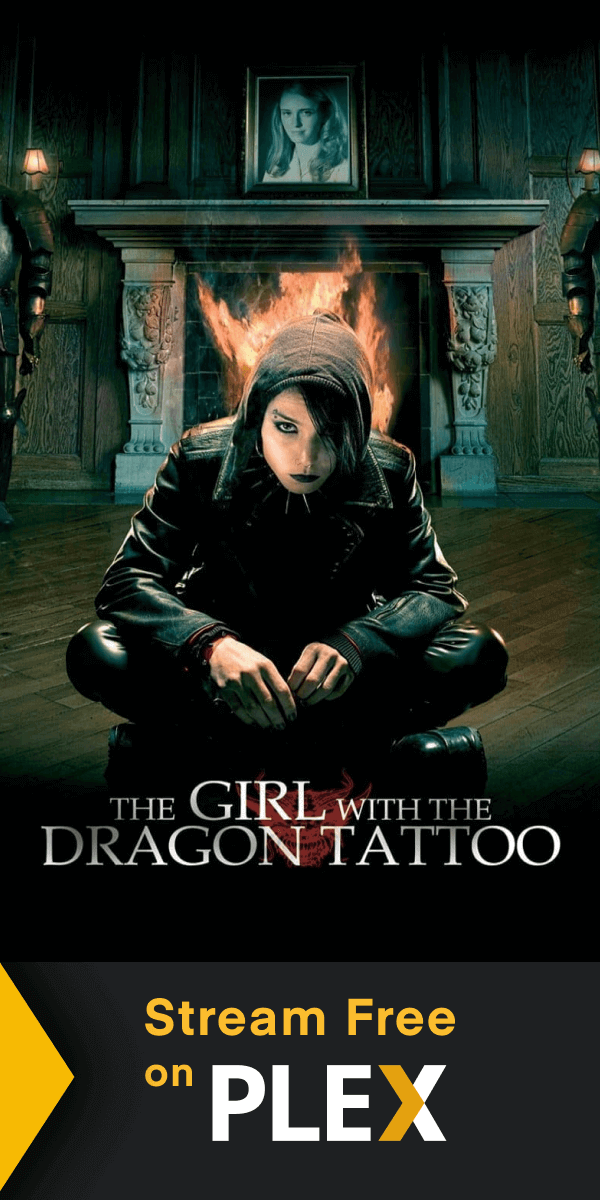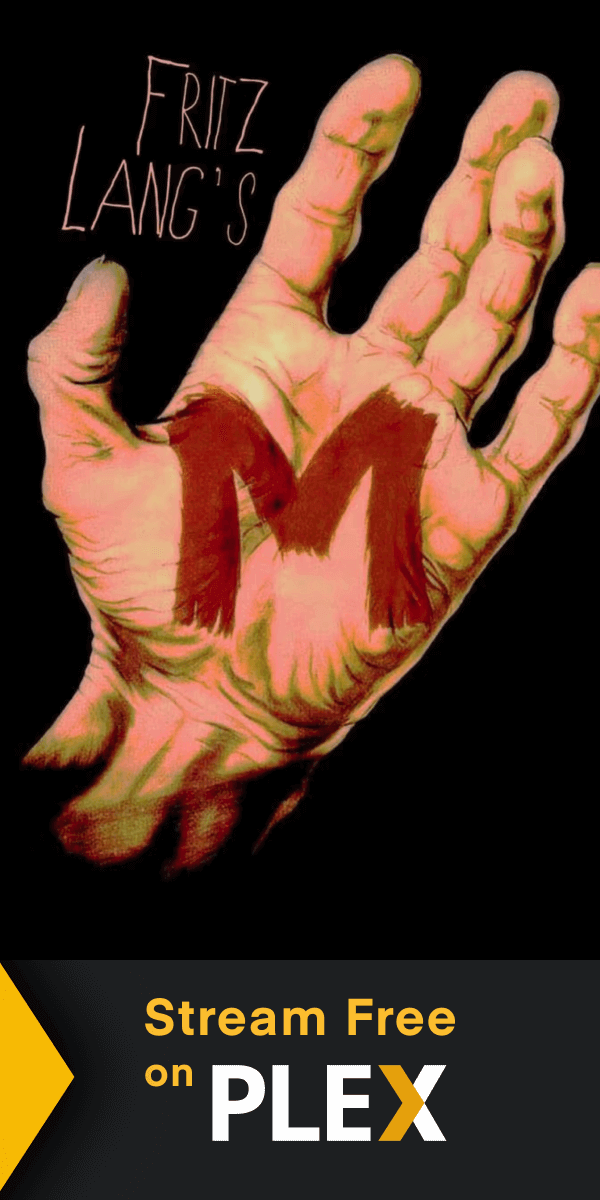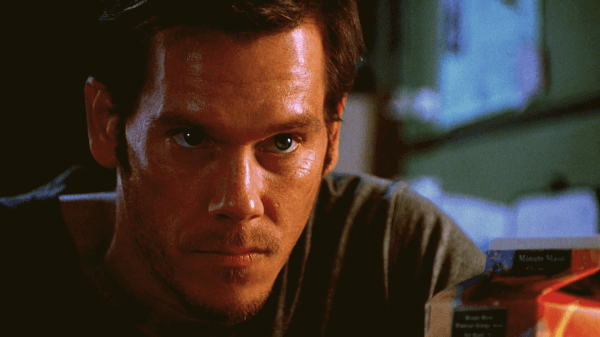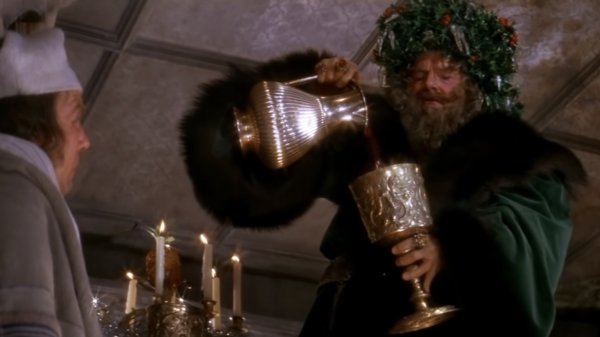In 2021’s Candyman—Nia DaCosta’s Candyman and you say her name—creators understand the generational impact of resurrecting an urban legend born from societal sins. DaCosta, alongside co-writers Jordan Peele and Win Rosenfeld, approach remake culture not hellbent on nostalgic reapplication alone. Tony Todd’s buzzworthy introduction of Daniel Robitaille as horror’s first mainstream Black slasher is not a legacy this Candyman update dares to challenge or rewrite. From a place of reverence for Bernard Rose’s Chicagoan opus, and with a honey-dipped point, DaCosta uses the inhumane backstory of Robitaille’s supernatural creation to amplify the blood of innocent Black individuals spilled in the following decades. On manipulatable public perception, cyclical Black trauma, and police brutality, this is through and through a Monkeypaw approach—but always Nia DaCosta’s vision of Candyman.
Yahya Abdul-Mateen II stars as expressive painter Anthony McCoy, known for his breakout pieces and their culturally oppressed subtext. Anthony’s partner Brianna (Teyonah Parris) grants him a slot at her latest gallery opening, but ideas just aren’t naturally surfacing in time. That’s when Brianna’s brother Troy (Nathan Stewart-Jarrett) tells the tale of graduate student Helen Lyle (Virginia Madsen) and her Cabrini-Green bonfire psychosis. An obsession forms within Anthony, as he’s summoned to Cabrini-Green for inspiration—he paints the gruesome murder of a misunderstood resident named Sherman Fields (Michael Hargrove), mistaken for a razorblade-in-chocolate criminal. Then Anthony utters the word “Candyman” into a mirror five times, and that’s when bodies begin to pile around his increasingly disturbing artwork.
By approach, Candyman becomes an escalation of the Black experience served by righteous affirmation. DaCosta successfully navigates her reintroduction of the “Candyman” mythology as means to a larger conversation, one that starts with Daniel Robitaille in 1890 and most recently continues with names like Breonna Taylor or Eric Garner. Shades of Us and Get Out via Peele’s screenplay credit are intrinsic as the film focuses on a Black character versus Madsen’s Caucasian trespasser. Still, DaCosta’s vision is what stokes relived racial fury. Where Robitaille kills without skin-color hesitations, Sherman Fields slays as a messenger—it’s never explicitly stated, but the corpses’ ethnicities project their intentions, and that’s a tad underdeveloped.
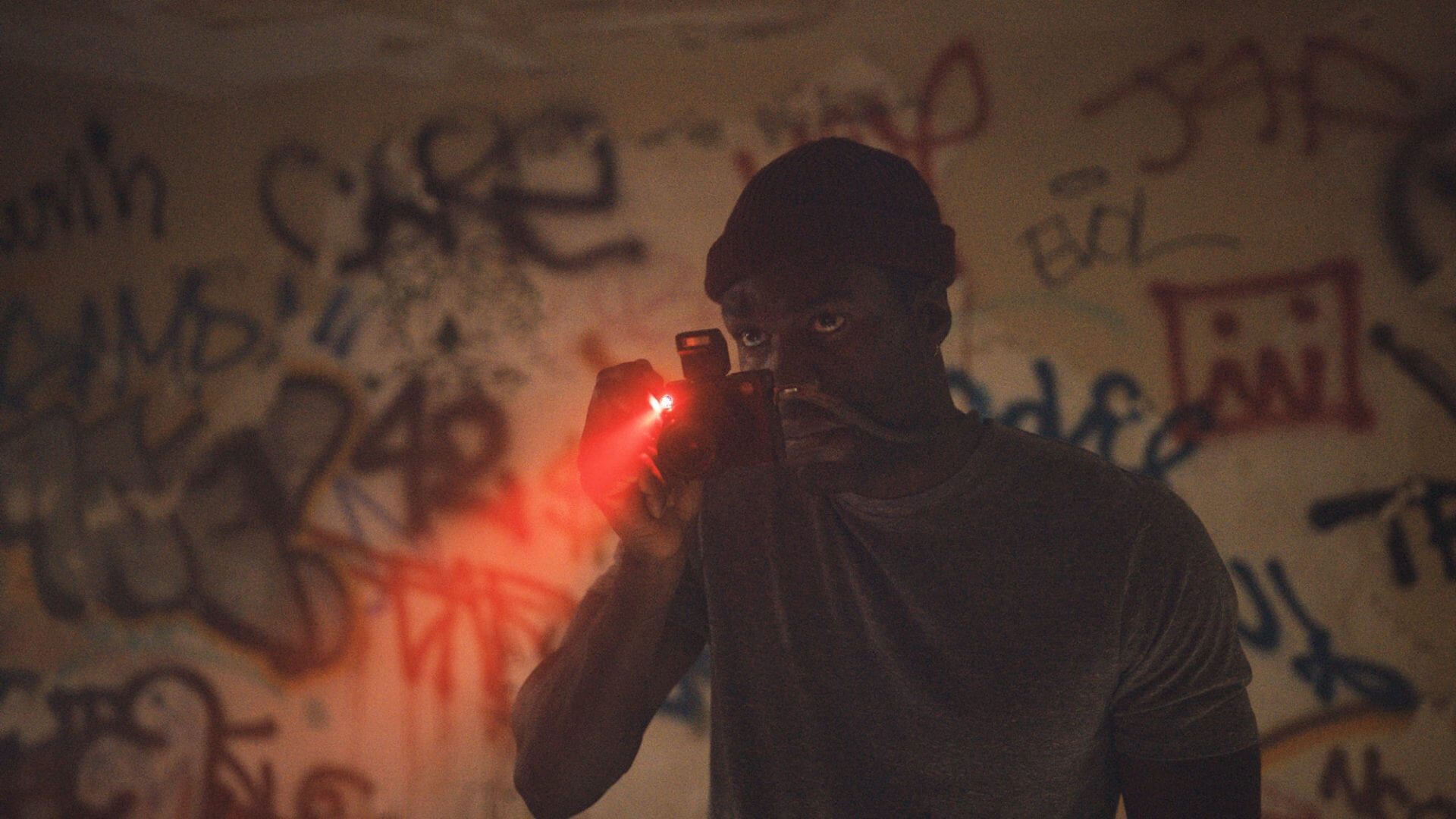
By way of Cabrini-Green, Chicago is depicted with the dreariness of a graveyard in spots, as cinematographer John Guleserian aims his camera skyward where stories-tall towers disappear into blanketing fog. Robert Aiki Aubrey Lowe’s score exudes its disquieting orchestral effect as exhale chants create a bit of chaos over staccato rhythms. There’s an attempt to honor the segregation of two cities in how Rose juxtaposes ghetto conditions against gentrified apartment complexes, but it’s a little less stark here—nevertheless unique. DaCosta succeeds by using art galleries, laundromats, and “haunted” rental units that indicate the area’s communal divisions. Graffiti tagging pops more in Rose’s world, which is cleverly used to introduce Anthony McCoy’s creative ambitions.
The horror of DaCosta’s Candyman binds itself to mirror domain barriers, as Sherman Fields is only visible in reflective glass, silver or clear. This is one of those differentiations that might lose existing fanbases, but I believe adds an alternative, signature flourish all to DaCosta and company’s credit. There’s something so traumatic about Fields’s bludgeoned face appearing over someone’s shoulder without awareness, while honey bees can pass between the parallel domain as a nifty trip-out effect. I wouldn’t describe Daniel Robitaille as “obvious” in terms of his paranormal interjections—ascending from ceilings or whatnot—but DaCosta enhances that unknown element of Fields’s attacks while using mirror imagery to symbolize what’s not always spoken aloud.
The horrors of Candyman aren’t explicitly injustice and corruption statements—there’s a grotesque wake of massacre leftovers that involve a rather sharp hook slicing throats or gutting victims. Sherman Fields’s physique when emerging from brick openings causes quite the shiver, and his lurking just out of sight hits upon haunted housing unit vibes that sustain their unease, but DaCosta doesn’t shy away from retributive gore. Fields’s invisible man routine adds this ickiness to slaughter when his hook pierces the flesh between Achilles tendon and bone, but all we see is a clear hole where iron should penetrate, the wound yanking against cartilage that’s about to snap. Although, Candyman isn’t meant to be a nonstop cadaver cavalcade. That’s where its horror diverges from Friday the 13th imitators—neighborhood horrors are relatable, lived, and bloodsoaked but oppressively hatred-driven.
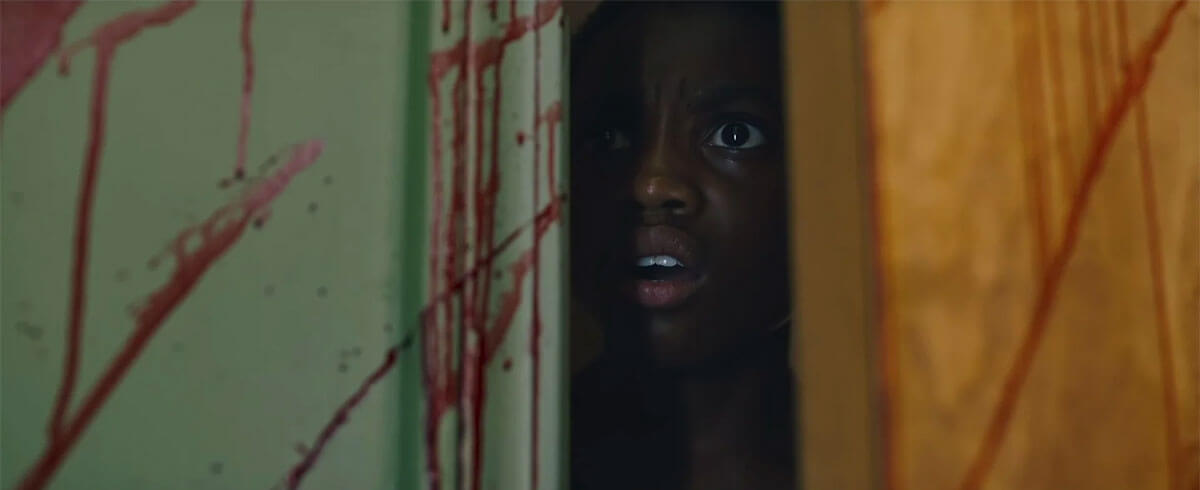
Regarding minor spoilers that’ve already appeared in trailers, it’s Yahya Abdul-Mateen II’s task to become Candyman’s latest project, and he’s launched into performative madness. For comparative ease, he’s playing the Virginia Madsen role down to photographic sleuthing, except he’s no Cabrini-Green outsider. Abdul-Mateen bears a tremendous weight as Anthony McCoy, whether fielding ignorant viewpoints or losing himself to Candyman’s teachings. Teyonah Parris is that grounding bouncing pad who keeps Abdul-Mateen’s performance in check, while Colman Domingo relishes his arc as a Cabrini-Green catalyst. Then there’s Michael Hargrove, who flashes a sickening smile like Peele’s tethered hordes in Us, who uses physical tactics to cause discomfort where Tony Todd was more vocal. This union of tortured souls, whether living, deceased, or damned, leads to brief humor as characters scoff at typical horror character decisions between reported deaths that carry more possession subtleties this time around.
Nia DaCosta’s Candyman doesn’t waste its inherited platform or storytelling opportunities in a franchise about violent, supremacist themes that haven’t disappeared over time. If anything, this year’s Candyman feels like a reflexive escalation which I appreciate as a horror remake addict. DaCosta’s vision is freshly folkloric as introduced by shadow puppetry exposition and yet macabrely metropolitan in ways that sensationalize a hybrid horror atmosphere. Candyman is fascinatingly executed and ideologically frightening; what’s said about the histories we erase by the stories we tell is enough narrative sweetness to swallow, let alone one of many treats. DaCosta swipes at the jugular and regrets nothing, making this second (technically fourth) coming of Candyman the best since the original.
More on Plex:
Train to Busan
...
